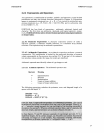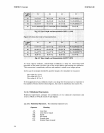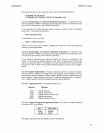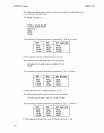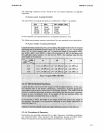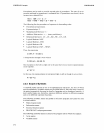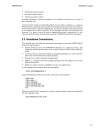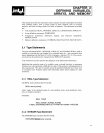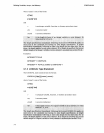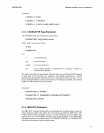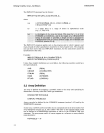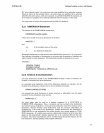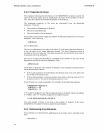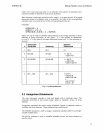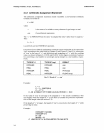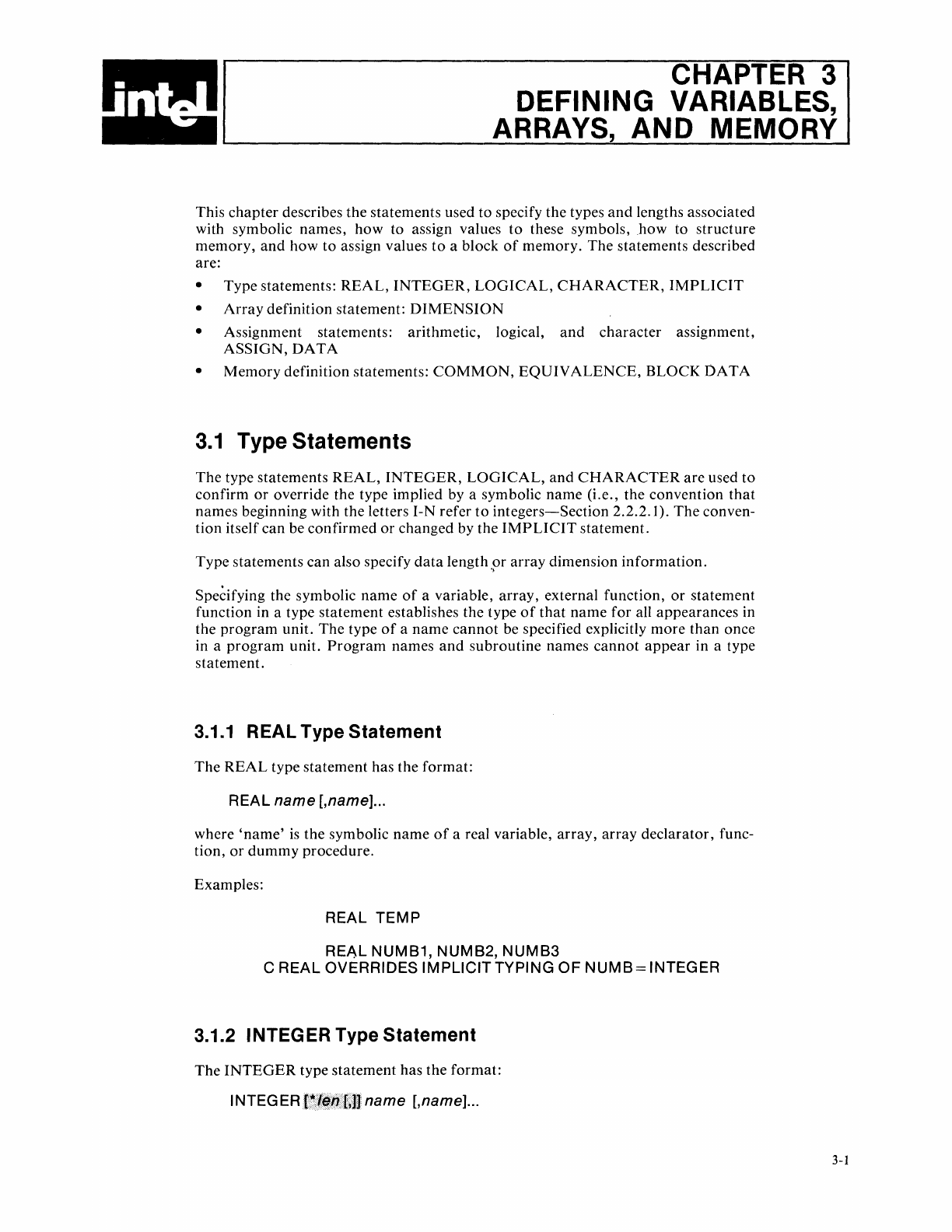
CHAPTER 3
DEFINING VARIABLES,
ARRAYS,
AND
MEMORY
This chapter describes the statements used to specify the types
and
lengths associated
with symbolic names, how to assign values
to
these symbols, .how to structure
memory,
and
how
to
assign values
to
a block
of
memory. The statements described
are:
• Type statements:
REAL,
INTEGER,
LOGICAL,
CHARACTER,
IMPLICIT
•
Array
definition statement:
DIMENSION
• Assignment statements: arithmetic, logical,
and
character assignment,
ASSIGN,
DATA
•
Memory
definition statements:
COMMON
,
EQUIVALENCE,
BLOCK
DATA
3.1
Type Statements
The type statements REAL,
INTEGER,
LOGICAL,
and
CHARACTER
are used to
confirm
or
override the type implied by a symbolic name (i.e., the convention
that
names beginning with the letters I-N refer
to
integers-Section
2.2.2.1). The conven-
tion itself can be confirmed
or
changed by the
IMPLICIT
statement.
Type statements can also specify
data
length
pr
array dimension
information.
Specifying the symbolic
name
of
a variable, array, external function,
or
statement
function in a type statement establishes the type
of
that
name
for all appearances in
the program unit. The type
of
a
name
cannot
be specified explicitly
more
than once
in a
program
unit.
Program
names
and
subroutine names
cannot
appear
in a type
statement.
3.1.1 REAL Type Statement
The
REAL
type statement has the format:
REAL
name
[,name]
...
where
'name'
is
the symbolic name
of
a real variable, array, array declarator, func-
tion,
or
dummy
procedure.
Examples:
REAL TEMP
REAL NUMB1, NUMB2, NUMB3
C REAL OVERRIDES
IMPLICITTYPING
OF
NUMB=INTEGER
3.1.2 INTEGER Type Statement
The
INTEGER
type statement has the format:
INTEG
ER.fm!@ti£;l)
name
[,name]
...
3-1



